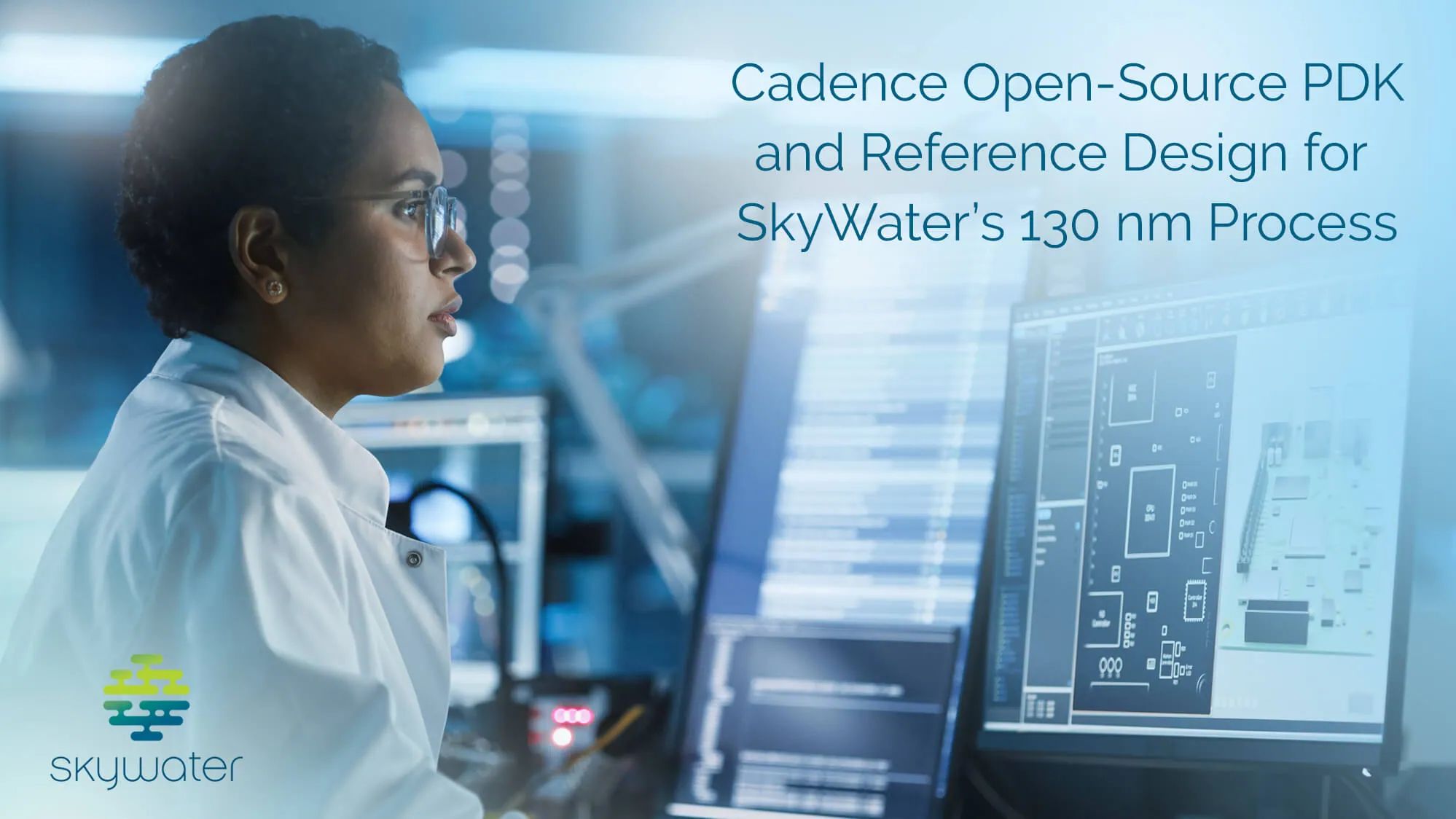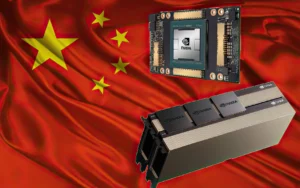Introduction:
Cadence, a renowned leader in electronic design automation, has taken a pioneering step by offering academia an open-source Process Design Kit (PDK) for SkyWater 130nm process.
This development is set to revolutionize semiconductor education and collaboration within the industry. In this SEO-optimized post, we’ll delve into the details of this groundbreaking initiative, and how you can leverage it.
Join Our WhatsApp News for updated information on semiconductors & AI
Why the SkyWater- Cadence 130 nm PDK Matters
SkyWater, in collaboration with Cadence, introduced the open-source SKY130 process on a 130nm CMOS platform. This development is making waves within the academic and research communities due to its open nature, fostering accessibility, collaboration, and innovation. Here’s why it matters:
Accessible Innovation: The SKY130 PDK is freely accessible on GitHub, eliminating the need for Non-Disclosure Agreements (NDAs). This accessibility ensures that innovation is not confined to a select few but is available to a wider community of students, educators, and researchers.
Collaboration and Idea Sharing: The open-source model encourages sharing of verification results and design ideas. This promotes the rapid development of semiconductor technologies, spanning applications from IoT and automotive to industrial, medical, and defense.
Educational Support: Cadence’s VLSI Fundamentals Education Kit complements the open-source PDK. This kit is a valuable resource for educators to teach VLSI design principles and provides hands-on experience using Cadence’s cutting-edge tools.
Read More: Meta Embraces RISC-V for Videos, Inference Accelerators and Training Chips
How to Harness the Power of the Cadence 130nm PDK
Now that you understand the significance of this initiative, let’s explore how you can make the most of it:
Accessing the SKY130 PDK:
- Visit the SKY130 GitHub repository for comprehensive documentation and resources related to the 130nm process. (Link below)
Using Cadence’s VLSI Fundamentals Education Kit:
- The kit includes lecture presentations to impart theoretical knowledge of VLSI design.
Hands-On Learning:
- The kit offers four labs to guide students through the design of a mixed-signal integrated circuit (IC) using Cadence’s latest tools.
- These tools include Virtuoso Studio, Genus Synthesis Solution, Innovus Implementation System, Xcelium Logic Simulator, Pegasus Verification System, and Spectre Simulation Platform.
Microprocessor Design Project:
- The core project in the kit focuses on designing a simple Arm-based microprocessor. Furthermore, this project is being migrated to the SKY130 PDK, offering students a real-world example to work on.
What is a PDK and what can you do with it?
A Process Design Kit (PDK) is a set of files, libraries, and data used in the design and fabrication of integrated circuits (ICs), such as semiconductor chips. PDKs are provided by semiconductor foundries or design tool companies to help semiconductor designers create and optimize their IC designs for a specific semiconductor manufacturing process. PDKs are essential for ensuring that the designed ICs will be compatible with the foundry’s fabrication process, and they contain various elements that facilitate the design process.
Key components of a typical PDK include:
Foundry-specific data: This includes the manufacturing process parameters, transistor models, standard cell libraries, technology files, design rules, and constraints specific to the semiconductor process provided by the foundry.
Device models: PDKs include models for various semiconductor devices, such as transistors, resistors, capacitors, and diodes. These models describe how these components behave electrically under different operating conditions.
Layout information: PDKs provide standard cell and analog circuit layouts that are compatible with the manufacturing process. These layouts are essential for creating the physical representation of the IC.
Design rules and constraints: Design rules define the limitations and requirements for designing the IC within the given process. Constraints may include maximum transistor sizes, minimum wire widths, and spacing between components.
Simulation and verification tools: PDKs often come with simulation models and tools that enable designers to test and validate their designs before actual fabrication. These tools help ensure the IC functions as intended and meets performance criteria.
Read More: 3 Ways Synopsys and Cadence are Using AI in their EDA tools
What can you do with a Cadence 130nm PDK ?
IC Design: The primary purpose of a PDK is to facilitate the design of integrated circuits. Designers use the provided data, libraries, and tools to create digital, analog, or mixed-signal ICs that meet specific functional and performance requirements.
Simulation and Analysis: PDKs enable designers to simulate the behavior of their IC designs under different conditions. This includes electrical, thermal, and other simulations to verify that the design operates as intended.
Custom IC Design: With a PDK, you can create custom ICs tailored to specific applications. This is particularly important for industries such as aerospace, automotive, and IoT, where specialized ICs are required.
Standard Cell and Analog IP Development: PDKs are used to create and optimize standard cell libraries and analog intellectual property (IP) blocks that can be reused in various designs, saving time and effort.
Design for Manufacturability: PDKs include information about the foundry’s manufacturing process, allowing designers to consider manufacturing constraints early in the design process, ensuring that the IC can be fabricated successfully.
Education: PDKs are also valuable for educational purposes. They provide students with the tools and resources to learn about IC design and semiconductor manufacturing processes.
Read More: 3 Books to Master Artificial Intelligence in VLSI Design
The Advantages of the Cadence 130nm PDK and Education Kit
This initiative brings a multitude of benefits:
Workforce Development: Students’ access to the SKY130 PDK and Cadence’s educational resources supports the semiconductor workforce. It helps meet the industry’s growing demand for skilled professionals in the field.
Enhanced Collaboration and Innovation: The open-source nature of the SKY130 process paves the way for greater collaboration among designers. It simplifies the sharing of results, idea exchange, and collective innovation, driving progress in semiconductor technology.
Wide Applicability: The skills and knowledge from the Cadence VLSI Fundamentals Kit and SKY130 PDK are versatile. This is good to make a career in IoT, automotive and defense industries.
Access on Github here
Conclusion
Cadence’s open-source PDK for SkyWater’s 130nm process, along with the VLSI Fundamentals Education Kit, revolutionizes semiconductor education. It equips students, educators, and researchers with essential tools and knowledge. The initiative encourages collaboration and innovation in chip design. This open-source model doesn’t just enhance academia; it also contributes to the ongoing development of critical technologies across multiple industries. Don’t miss out on the opportunity to be part of this exciting journey!




